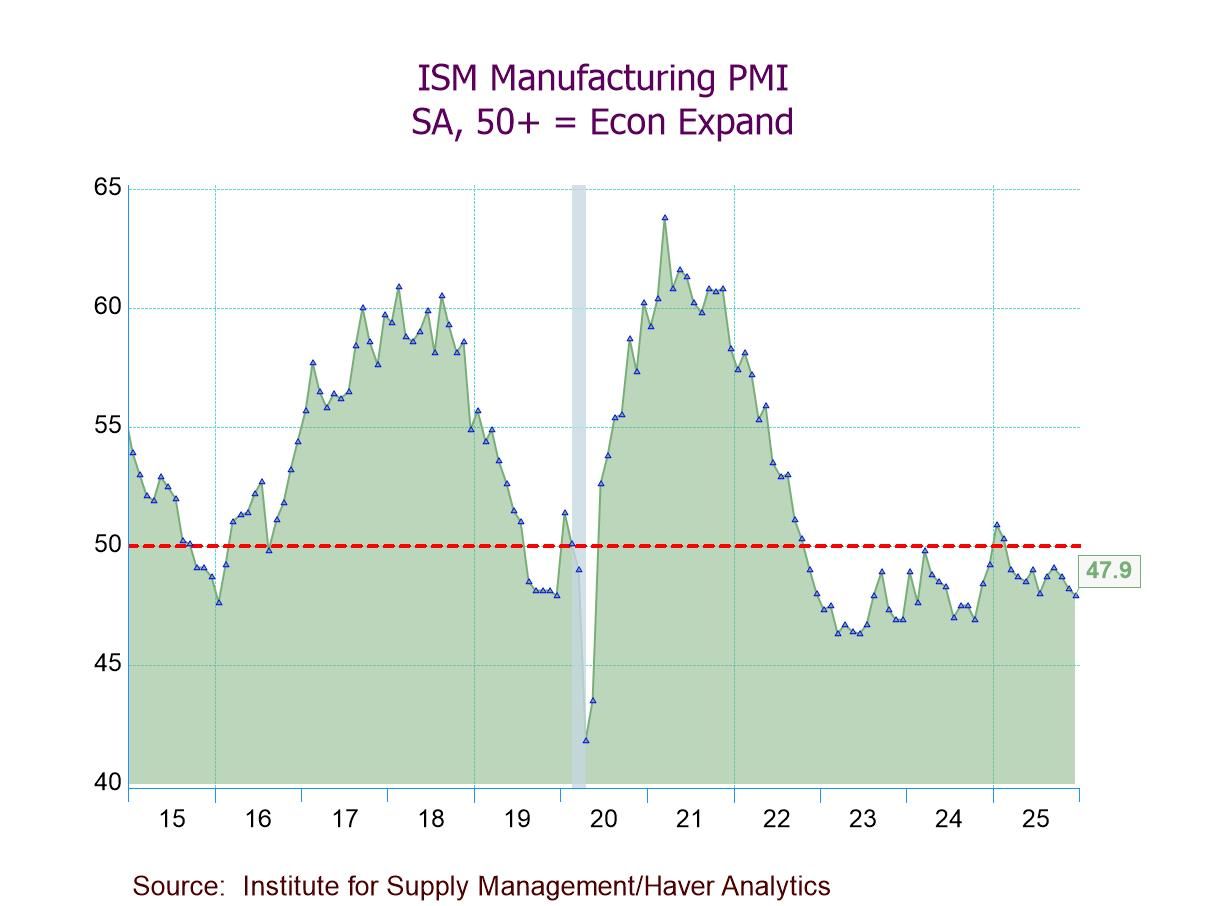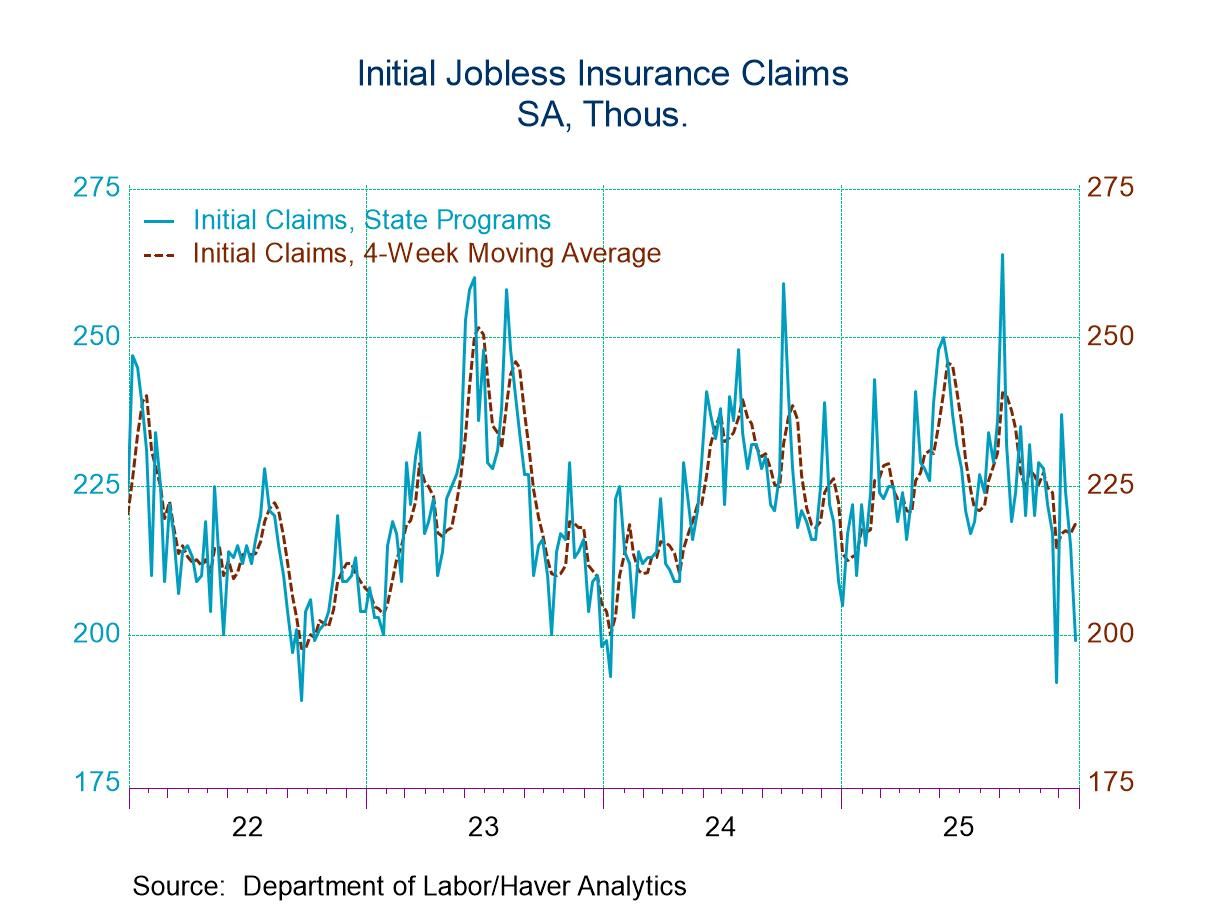 Asia| Jun 24 2024
Asia| Jun 24 2024Economic Letter From Asia: Inside India
In this week's newsletter, we delve into post-election dynamics in India. Initial market reactions to the election outcome were negative but swiftly reversed, underscoring India's promise as both a high-growth economy and attractive investment destination. In the short term, sentiment indicators signal ongoing growth in India’s pivotal sectors of services and manufacturing. Furthermore, India continues to be projected as the fastest-growing major economy this year by both the World Bank and the International Monetary Fund. Looking ahead, India is poised to leverage its demographic promise via its youthful workforce, a stark contrast to other major economies grappling with rapidly aging populations.
Turning to monetary policy, we note that while the central bank has kept policy rates unchanged in recent months, there is mounting pressure within its decision-making committee to consider rate cuts. On inflation, recent trends show a gradual disinflation driven by easing price pressures in non-core items, despite persistently high food price inflation. Shifting to currency markets, we note once more the Indian rupee’s resilience, which has been supported by central bank intervention and robust foreign reserves.
Market reactions to elections Indian equities plunged and bond yields surged on June 4th, following indications that Prime Minister Modi’s political party (BJP) would secure a smaller parliamentary majority than initially predicted. Among the initial market concerns was some apprehension that the BJP would need to depend on potentially fragile alliances with other parties to advance its reform agenda, a departure from its previous independent governance. However, initial apprehensions eased quickly as Indian equities rebounded and yields retraced, as evidenced in Chart 1. One of the key recent drivers behind rallies in Indian equity markets was the significantly higher involvement of retail investors, particularly in the options markets. This surge in participation has been partly spurred by regulatory measures aimed at enhancing market accessibility for individuals. Additionally, optimism about the longer-term outlook for the Indian economy has also contributed to the equity market rallies.
Chart 1: Indian equities and government yields

Foreign investor flows into Indian equities have begun to recover after an initial period of divestment, as illustrated in Chart 2. Nevertheless, foreign investors remain net sellers of Indian equities year-to-date, with outflows totaling approximately $1.3 billion thus far. Conversely, foreign investors have steadily resumed purchasing Indian debt since mid-May this year, with net investments totaling $7.7 billion. These inflows have helped to stabilize Indian bond yields, as increased buying typically raises prices, thereby putting downward pressure on yields. One of the earlier catalysts driving foreign interest in Indian bonds was their upcoming inclusion in JPMorgan’s bond indices, effective June 28. Looking ahead, key drivers of Indian yields are expected to include the trajectory of monetary policy in India, which we discuss further below. Additionally, yields will likely be influenced by developments in Indian bond supply, contingent on the government's financing and issuance strategies, among other factors.
Chart 2: India foreign investor flows

Monetary policy development in India The Reserve Bank of India (RBI) has kept its policy rates unchanged since February 2023 (Chart 3), allowing the cumulative impacts of earlier tightening measures to seep into the economy. However, internal dynamics within the central bank suggest a shifting stance regarding future policy direction. What was unanimity in favour of unchanged rates in December has now evolved into a 4-2 split within the RBI's Monetary Policy Committee (MPC) earlier this month. The shift underscores a growing view among some MPC members to initiate rate cuts instead of leaving rates on hold. Nevertheless, transitioning to a more accommodative monetary policy stance remains challenging, partly due to India's sustained robust economic growth, among other considerations.
Chart 3: India’s policy rates

We examine next recent price developments in India. The pace of disinflation in the economy continues to be gradual, with CPI inflation registering 4.8% y/y in May, down from a peak of 7.4% in July 2023, as shown in Chart 4 below. This brings CPI inflation closer to the RBI's target midpoint of 4% within its range of 2-6%, a positive development. The inflation decline can largely be attributed to items in India's core goods basket, excluding food, fuel, and light. However, food price inflation in India remains elevated and continues to be the primary driver of high headline inflation readings. It also remains to be seen if food price inflation, which has proven pestiferous for many central banks in emerging Asian economies, will ease soon. This is particularly if weather-related supply disruptions persist.
Chart 4: Inflation in India

We now turn our attention to recent currency trends in India. As we have noted in previous reports, the Indian rupee has proven to be one of the most resilient currencies in Asia against US dollar strength, showing minimal net weakening year-to-date. This resilience is supported by the comparatively high yields offered by the rupee and regular interventions by the RBI in the currency markets. Despite the dollar's strength and foreign divestment from Indian equities, the rupee has maintained its stability. Interestingly, India's foreign reserves have surged this year, despite the RBI’s intervention episodes. The increase was driven by several factors, including India’s continued accumulation of reserve assets and favorable currency valuation effects on existing holdings. Additionally, India’s robust reserve position acts as a deterrent against speculators betting on rupee depreciation.
Chart 5: The Indian rupee and India’s foreign reserves

India’s shimmering promise Despite expectations of a slowdown, India remains poised to achieve the fastest economic growth among major economies this year, according to forecasts from both the World Bank and the International Monetary Fund. As shown in Chart 6, the services sector remains the primary driver of India's economy, with secondary contributions from manufacturing. Looking ahead, sentiment indicators such as the services PMI remain robust, registering a strong expansion at 60.2 in May, while manufacturing recorded 57.5. However, recent months have seen a slight dip in India's PMI readings. Looking forward, India stands to benefit from its youthful workforce and a series of forthcoming business-friendly reforms now that elections have been concluded.
Chart 6: India real GDP growth drivers by sector

Tian Yong Woon
AuthorMore in Author Profile »Tian Yong joined Haver Analytics as an Economist in 2023. Previously, Tian Yong worked as an Economist with Deutsche Bank, covering Emerging Asian economies while also writing on thematic issues within the broader Asia region. Prior to his work with Deutsche Bank, he worked as an Economic Analyst with the International Monetary Fund, where he contributed to Article IV consultations with Singapore and Malaysia, and to the regular surveillance of financial stability issues in the Asia Pacific region.
Tian Yong holds a Master of Science in Quantitative Finance from the Singapore Management University, and a Bachelor of Science in Banking and Finance from the University of London.






